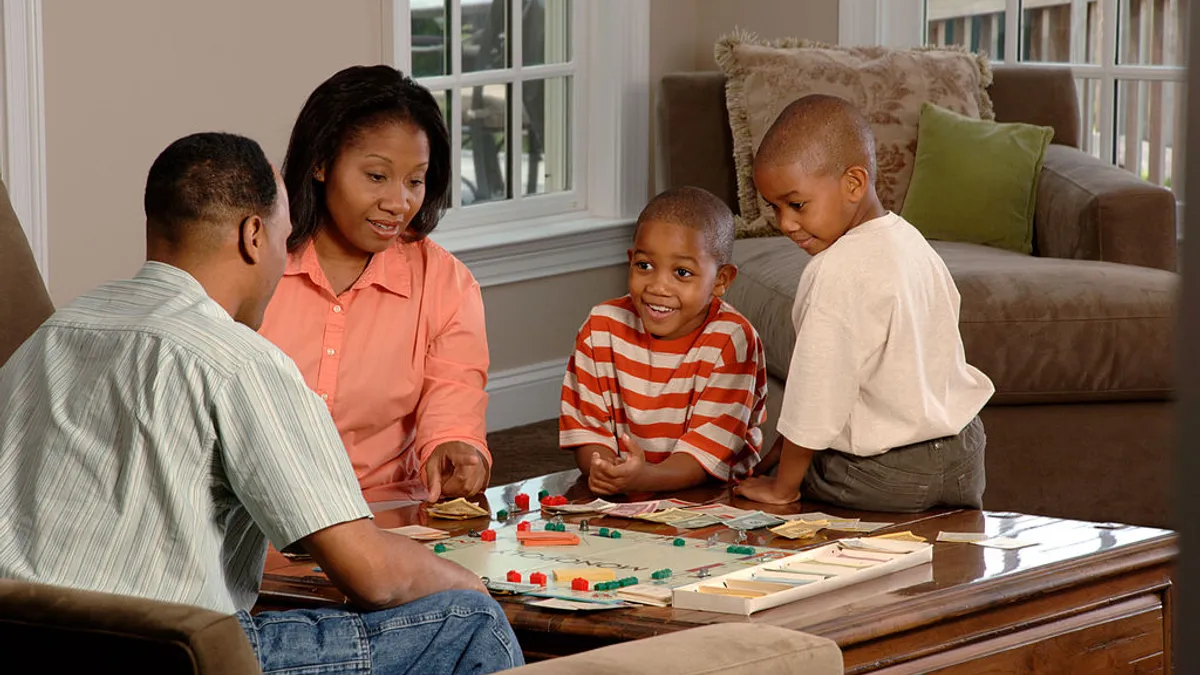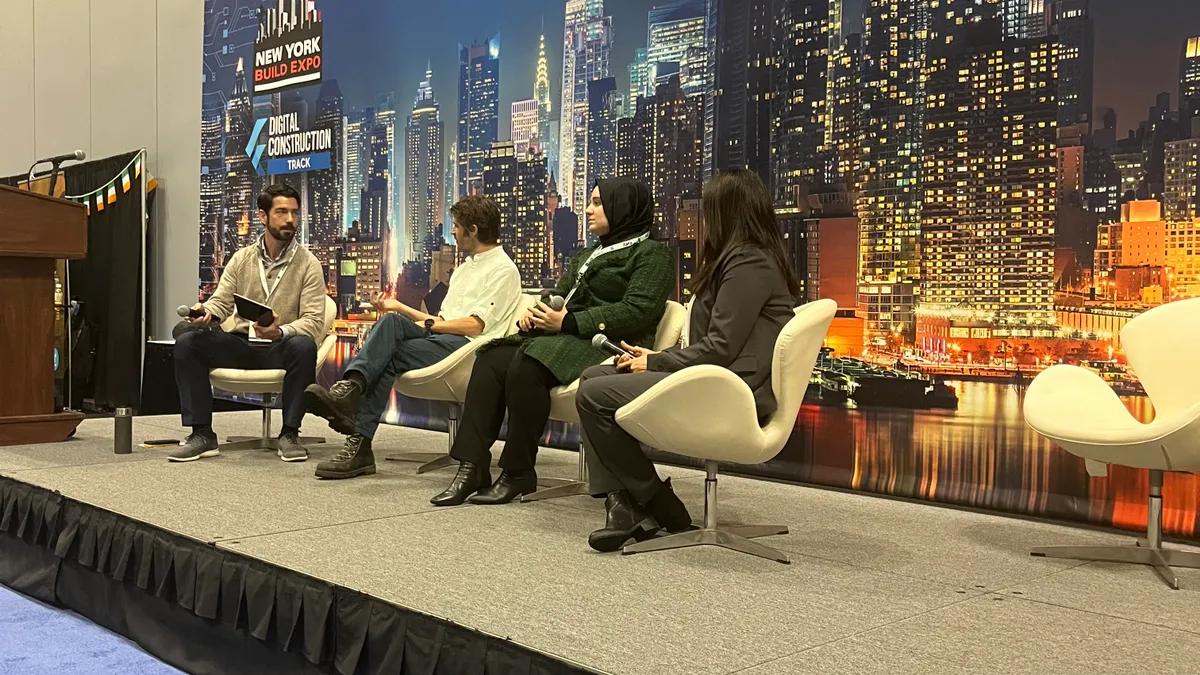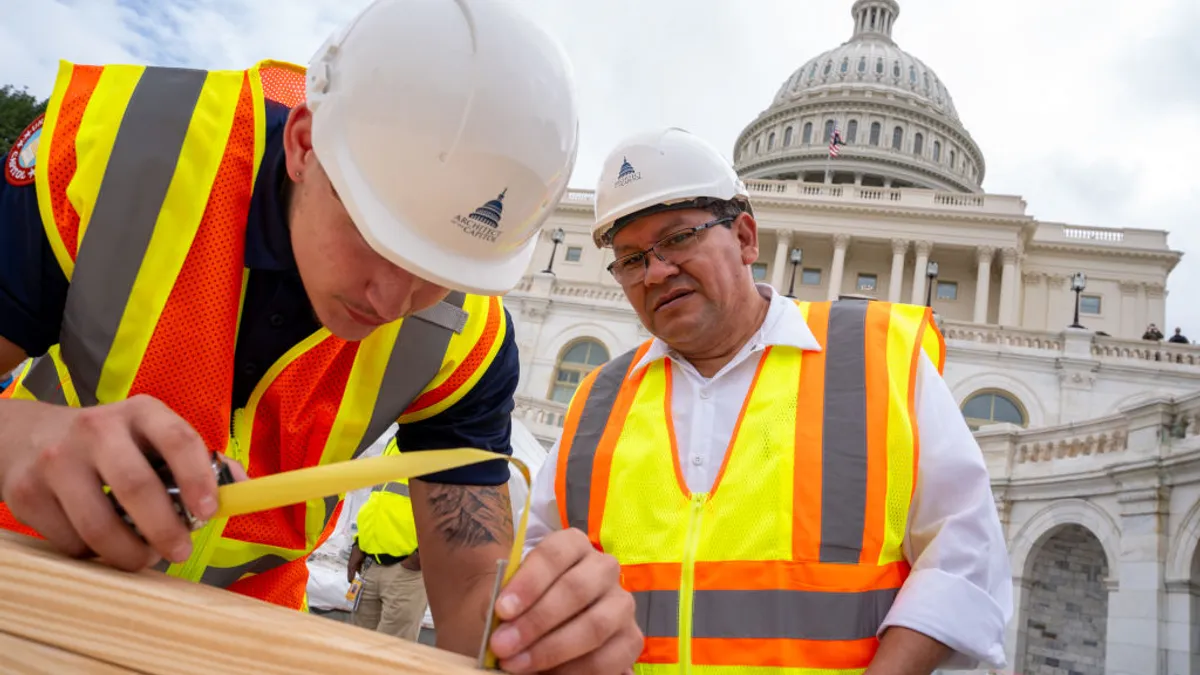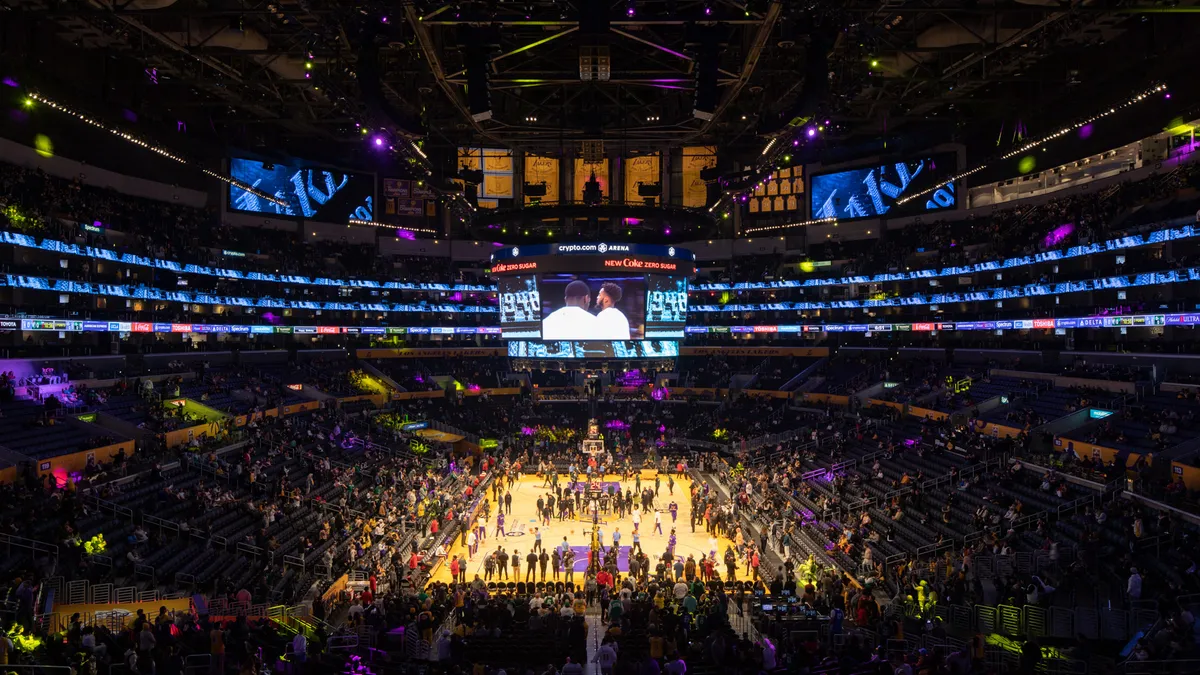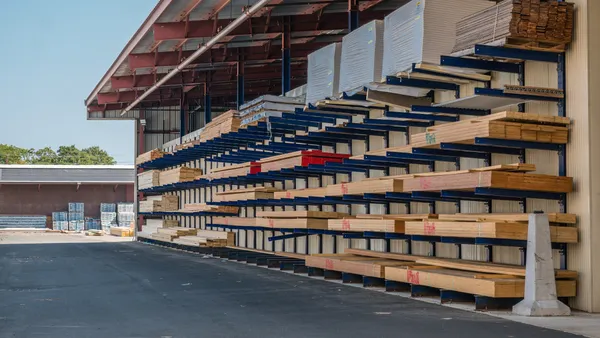The recovery from the 2007 U.S. housing crash is still underway, with the ramifications of foreclosures and subprime mortgages still playing out for many current and potential American homeowners. Northeastern markets are still struggling to clear out crisis-era inventory, largely due to foreclosure laws, and members of Generation X — one of the hardest hit groups during the crash — are just now building up the required financial strength and confidence to claw their way back to homeownership.
While the Census Bureau Housing Vacancy Survey indicated that U.S. homeownership overall was 63.5% in the first quarter of 2016 — down significantly from a 25-year average of 66.2% — the groups encountering the most difficulties snapping back from the housing crisis are the black and Hispanic populations.
The Census Bureau found that 41.5% of black households and 45.3% of Hispanic households are currently homeowners, compared to 72.1% of white households. And last year, while the Urban Institute projected that Hispanic homeownership would rise over the next 15 years, it also predicted that black homeownership would drop to 40%.
The stagnant and declining minority homeownership numbers are clear, but experts have varying views regarding why this situation is occurring and what can be done to reverse the trend.
Factors influencing the dip in minority homeownership rates
The expert consensus is that the housing crash hurt minority homeowners more than any other group, and much of that trend was due to the proliferation of subprime mortgages — high-rate financial products targeted at those who could only come up with a small down payment or who had subpar credit — during the housing boom. "A lot of the subprime products went to minorities, so I think that was part of it," said Andra Ghent, associate professor of real estate and urban land economics at the Wisconsin School of Business.
While there are few hard numbers, she said there is significant anecdotal evidence that blacks and Hispanics were targeted more than other groups, perhaps because many of those minority homebuyers were first-timers and not familiar with the process. Even homeowners who would have qualified for prime-rate mortgages, she said, seem to have been pushed into the more expensive subprime loans.
Ghent added that regulators allowed the sale of subprime mortgages to go on as long as they did in part because, ironically, the minority market was historically undeserved in respect to mortgages and this was a way for lenders to gain traction with that demographic. "Certainly there was more penetration of subprime in minority neighborhoods," she said. This aggressive marketing of high-interest loans also occurred in the refinance and home equity markets as well, Ghent noted.
In Newark, NJ, for example, entire minority neighborhoods were targeted with home renovation schemes, which ended in high-interest home equity loans for the consumer, according to David Reiss, professor of law and academic program director for urban business entrepreneurship at Brooklyn Law School. "You would see entire streets with home improvement projects through the same company," he said.
A study by University of Buffalo professor Gregory Sharp and Cornell University professor Matthew Hall found that "race was the leading explanation for why people lost homes they owned and turned back to rentals." Sharp and Hall said that minorities were "exploited" by the mortgage lending system, which led to blacks being 50% more likely than whites to lose their homes and enter the rental market.
After the housing market crash, there weren’t enough educational resources and financial literacy programs available to minority groups to help them navigate the "new normal" of adjustable-rate mortgages and increases to their monthly payments, according to Franky Bonilla, with Churchill Mortgage in Houston. "Without access to even the most basic information, such as how to save money or properly document income, many borrowers were unequipped to overcome (these problems), and, as a result, many owners walked away from their homes," he said.
How to boost homeownership among minorities
So with minority homeownership rates lagging — and in some cases sinking — since the housing crisis, what's the answer to reverse the trend?
Bonilla, who is also a member of the National Association of Hispanic Real Estate Professionals (NAHREP), said approximately 60% of his business comes from minority homeowners and that this group in particular could benefit from borrower education and outreach, such as bilingual employees, as well as workshops and seminars.
"Lenders with more cultural diversity have an advantage because they can relate and communicate more effectively with individuals who might otherwise feel disadvantaged or intimidated by the mortgage process," Bonilla said. "In turn, this creates an opportunity to establish a relationship at a personal level and determine which mortgage options are the best fit for each borrower’s unique financial situation."
Another possible solution to increasing minority homeownership rates, along with homeownership among those who don't meet the credit requirements for prime loans, is an overhaul of lending criteria for mortgages.
Reiss said there has been a move by some housing advocates to have credit for mortgage purposes reflect factors more indicative of future success as a homeowner. One of the critical issues, however, is to try to determine exactly how much credit is the right amount of credit. "You want to make credit available to people without having excessive default rates," Reiss said. "Clearly the amount of credit we had in the early 2000s was too much credit, and it ended poorly for many people."
Reiss added that home lending has always involved a careful balance between underwriting and available credit. "I think everyone would agree that the 'Wild West' days of lending were not good for American households in general," he said.
Although homeownership is seen as crucial to achieving financial security, Bonilla said that it should be part of "the evolution of the consumer’s entire financial condition." Ensuring a customer's ability to repay a loan, enforcement of fair lending practices, prevention of predatory lending and consumer education will help ensure that customers don't overextend themselves, he said.
Should buying a home be the ultimate goal?
But should Americans — especially the younger, more mobile generations — still consider homeownership as the centerpiece of wealth-building strategy? Ghent isn't so sure. "To me, the bigger issue is not homeownership, but overall wealth," she said. Homeowners who have to scrape by to afford a home experience even greater levels of pressure if they encounter additional negative circumstances, such as a divorce or a job loss, she noted. There's nothing wrong with renting and looking at wealth-building alternatives like forced savings plans and 401k investments, Ghent said.
In addition, Ghent said that, unlike previous generations, both minority and white millennials aren’t as anxious to become homeowners. They're living at home longer and waiting to form their own households. This demographic, she said, wants to remain mobile. As long as they can rent in the popular urban cores, they don't see the real benefit to homeownership at this point in their lives. This shift will likely continue to reflect in homeownership rates for the long-term.


